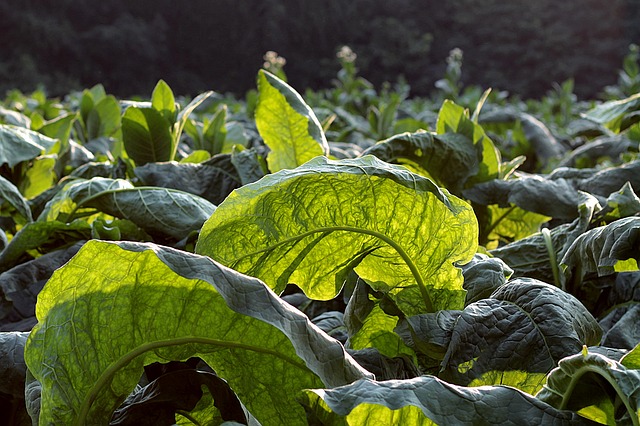A new study published by biologists at Ludwig Maximilian University of Munich demonstrates that there are no simple or universal solutions to the problem of engineering plants to enable them to cope with the challenges posed by climate change.
For plants, climate change promises one thing for sure – increased levels of stress. After all, plants put down roots. They don’t have the option of moving to where the weather suits them. Wider fluctuations in temperatures and increasing levels of aridity in many regions around the world are already making their lives more difficult. Plants are highly complex and sensitive systems. Even in zones with stable climates today, variations in light levels can reduce growth rates and crop yields. For example, plants have developed sophisticated cellular mechanisms that protect them against the deleterious effects of high light intensities on photosynthesis. In one such photoprotective process, the excess light energy is dissipated as heat before it can damage the photosynthetic apparatus. This depresses yields but it is very much in the plant’s interest.
Three enzymes play a key role in this adaptation process, which are referred to as V, P and Z for short. In a paper published in 2016, which drew a great deal of attention, an American research group overexpressed the genes for these three proteins in tobacco plants, thus increasing the amounts of the enzymes produced in the leaves. They subsequently observed, under field conditions, that these ‘VPZ’ lines grew faster rates than did control plants with normal levels of the enzymes. LMU biologists Antoni Garcia-Molina and Dario Leister have now performed essentially the same experiment in the model plant Arabidopsis thaliana (thale cress). Their findings appear in the journal Nature Plants.
Their results confirm that, as in the case of tobacco, higher levels of V, P and Z reduce rates of photosynthesis while enabling the plants to adapt more rapidly (in fact, even faster than tobacco) to fluctuating light levels. Crucially however, the Arabidopsis VPZ lines did not grow faster than control plants. On the contrary, overexpression of the three enzymes resulted in retarded growth. “This clearly shows that it’s not quite as easy to produce plants that are better adapted as some research groups have confidently suggested,” Leister remarks. “In fact, higher levels of photoprotection may actually interfere with the operation of other mechanisms that are important for plant growth.”
For Leister, these data essentially demonstrate that targeted adaptation of plants to facilitate successful adjustment to changing climatic conditions is likely to be a very complicated task. They certainly show that one cannot always expect to confer increased resistance to desiccation or optimize yields under fluctuating light levels simply by adjusting the levels of a few proteins. “The physiological processes in plants are tightly interconnected. This makes it impossible to predict the effects of flipping this switch or tightening that screw,” he says. This explains why he and his colleagues approach the problem of targeted adaptation from the perspective of systems biology, which takes a ‘holistic’ view, as he calls it. For example, efforts to increase the yield or biomass by increasing the efficiency of photosynthesis must also ensure that the extra energy available is in fact channeled into increased growth. In principle, enhanced photosynthetic performance should result in the capture of more energy and in higher levels of metabolites. But this extra energy and abundance of chemical compounds must be put to some beneficial use. In the absence of any ‘added value’, increased rates of photosynthesis can prove to be detrimental to plants.
The analysis of complex relationships like this is the raison d’ètre of the Transregional Collaborative Research Center TR175, of which Leister is the principal coordinator. The scientists involved in the project seek to understand how plants react to biotic and abiotic environmental factors, such as drought, light levels and temperature, by analyzing their impact on the concentrations of all measurable metabolites, transcripts and proteins in plant cells. With the help of these data, they hope to identify the key components that allow plants to cope with varying conditions. In the case of crop plants that are indispensable for human nutrition, the mechanisms that underlie trade-offs between growth rates, increases in biomass and yields must also be taken into consideration. “In the context of climate change, the idea is to help plants to adapt to the changing conditions by introducing targeted genetic changes that allow them to handle the altered environmental parameters,” Leister explains. Researchers refer to this strategy as ‘assisted evolution’. “In order to have a realistic chance of finding sustainable solutions, we must adopt a systematic approach to the active adaptation of plants to the changing environmental conditions,” he says. In this respect, some progress has already been made in certain species of algae that have very short generation times, which permits instances of successful adaptation to be rapidly detected. Such systems can then serve as sources of potentially useful genetic mutations that can be introduced into green plants.
Read the paper: Nature Plants
Article source: Ludwig Maximilian University of Munich
Image credit: jimaro morales / Pixabay








